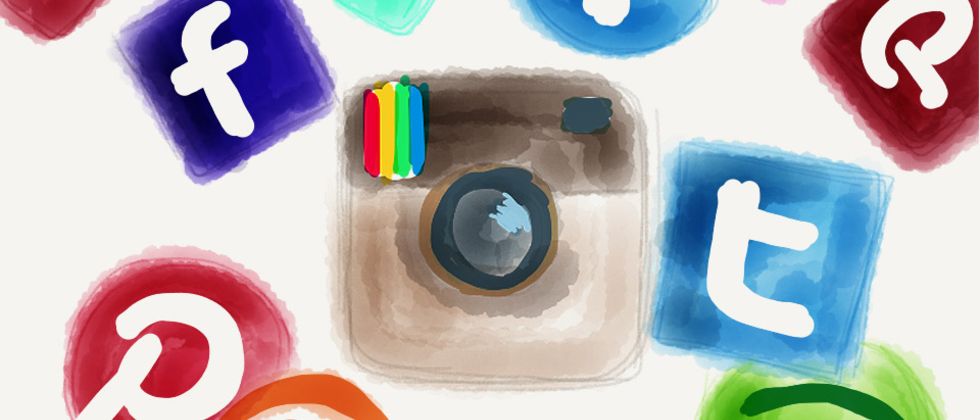California Management Review
California Management Review is a premier professional management journal for practitioners published at UC Berkeley Haas School of Business.

Members of Generation Y, better known as the millennials, are currently on the rise in numerous fields across the globe. As heirs to this rapidly developing world, they must prepare themselves to usher in a new era of technology and innovation that vastly diverges from the experiences of their predecessors, Generation X and the Baby Boomers.
These technological advancements make their way into daily life and have allowed millennials to grow into the largest technically literate group. The influence of technology has changed how work is fundamentally conceived; not only does millennial work ethic differ from the high-collaboration style of Generation X and the cost-effective Baby Boomers, but their self-conception does as well. With 78% of millennials found to be tech savvy and 70% of them identifying as social media opportunists, it becomes evident that they have invested their efforts into making a name for themselves in a culture that stresses the hype of the start-up and marketing app.
Accessibility to popular platforms and sites has positioned millennials in a phase of self-branding where names are promoted, relationships are made, and networks and communities are built. Looking into four different popular social media platforms, we can find a variety of ways that they impact the way millennial networks function.
As many are aware, Facebook is probably the biggest social media platform of the decade. With 76% of millennials scrolling through their newsfeeds to check up what their friends are up to, it becomes an inherent habit to make sure people see what one’s life entails through constant status updates, video shares, and picture comments. Simply pursuing relevance on the newsfeed sheds light on our initial self-branding — we create an image of how we live our lives, from showing off our latest foodie escapades to showcasing captured moments from our spring break trip to Cabo San Lucas, and we become consumers of each other’s life stories.
Unlike Facebook, our self-branding on LinkedIn is tailored to be much more professionally appealing. José van Dijck describes the site as “the largest professional matchmaker site in the world.” Although LinkedIn provides features similar to Facebook’s interface for its users, it has a far more professional twist. Using LinkedIn has become a career and work platform for millennials, and have given them the opportunity to brand themselves as reliable, hardworking, potential employees. Just as Facebook allows us to tap into the thoughts of others across the world, LinkedIn acts as an essential mode of expanding professional networks building one’s connections to multiple sources of support across the globe.
The rise of Snapchat is different than Facebook and LinkedIn in that is by far the most informal of the three. In fact, it exceeds the standards set by Facebook in regards to spreading awareness between friends and keeping people updated with each other’s lives. The app, in a sense, has broken the fourth wall of millennial self-branding by allowing users to send short, ten-second photos and videos out into the world as instantaneous and accessible commentary on their daily lives. Its uniqueness comes from its play on giving users up to 24-hour access and involvement to each other’s lives regardless of proximity. It has also created a new kind of fame: pop culture successes like DJ Khaled’s “Keys to Success” snaps, and the popular Damn Daniel clips have brought national attention to Snapchat users Daniel Lara and Joshua Holz.
Although Facebook and Snapchat undergird millennial social connections and LinkedIn facilitates professional bonds, millennials turn to Tinder to build a personal brand for their romantic and sexual encounters. The app involves creating a profile set to cater to certain ages and geographic locations and including a brief biographical statement and photos. Tinder has revolutionized how millennials understand and brand themselves as “dateable” by linking dating to “likes” and “matches.” Unlike previous generations, millennials have the capacity to set themselves up on dates, rather than relying on friends and family members to “match” them with others. While the app constantly updates with matches and conversations between potential dates, exposing the continually changing state of the millennial’s social connections, it takes great strides to ensure the privacy of its individual members “likes,” showing the additional care with which millennials regard their self-brand.
 Insight
Ashley Gambhir et al.
Insight
Ashley Gambhir et al.
 Insight
Michele Sharp et al.
Insight
Michele Sharp et al.